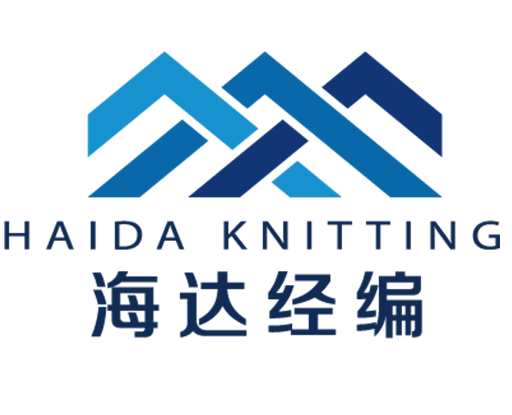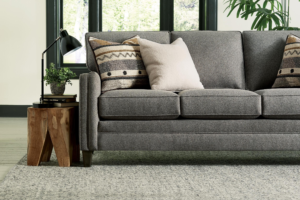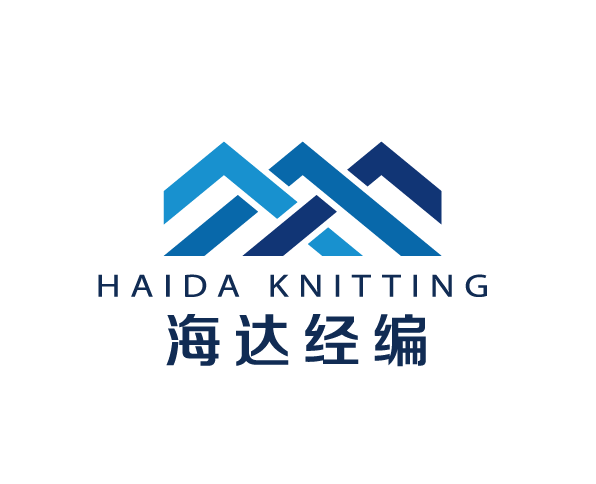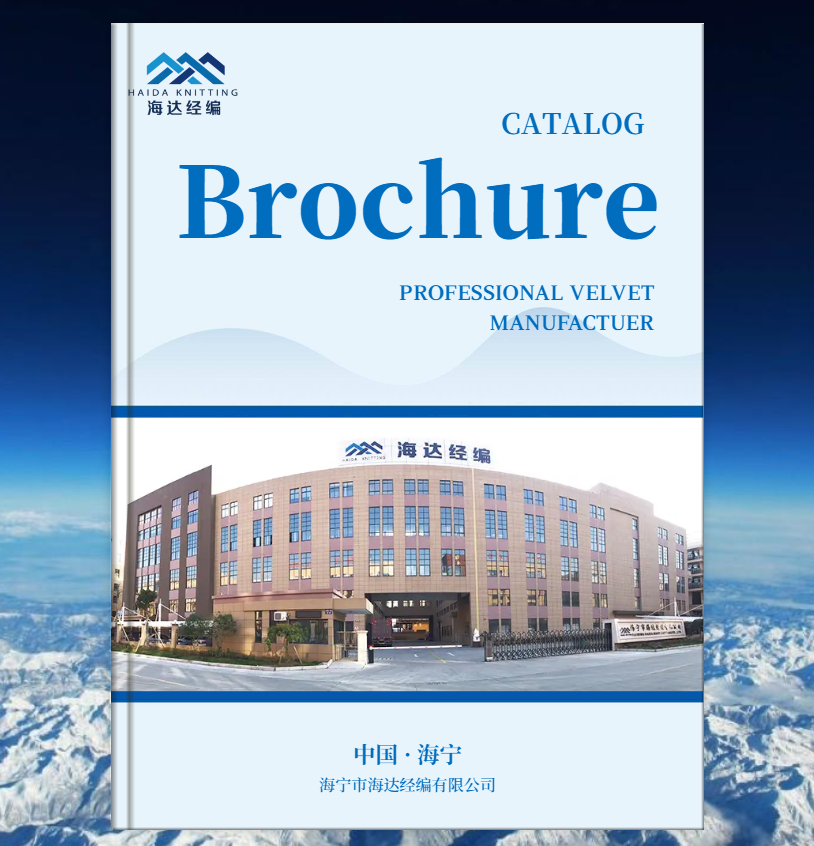Velour and velvet are both plush fabrics that share a soft, luxurious texture, making them popular choices for upholstery, fashion, and home décor. Despite their similar appearance, these fabrics differ significantly in their composition, construction, and applications. Here’s a detailed comparison to help you understand their differences:
1. Fabric Composition
- Velvet:
- Traditionally made from natural fibers such as silk or cotton, but modern versions often use synthetic blends like rayon or polyester.
- Velvet has a short pile, which is formed by looping and cutting yarns during weaving, giving it a smooth, dense, and lustrous finish.
- Velour:
- Primarily made from synthetic fibers such as polyester, or blends with spandex, which adds stretch.
- Velour is a knitted fabric, unlike velvet, which is woven. Its pile is created during the knitting process, resulting in a texture that is softer but less dense than velvet.
2. Texture and Appearance
- Velvet:
- Has a dense, smooth, and lustrous surface with a noticeable sheen that changes as the fabric catches the light. This is due to its tightly woven construction and short pile.
- Velvet has a more luxurious and formal look, often associated with high-end furniture, eveningwear, and drapery.
- Velour:
- Softer and more matte in appearance compared to velvet, with a plusher and more elastic feel due to its knitted construction.
- It has a more casual and cozy look, making it popular for relaxed applications such as loungewear and less formal upholstery.
3. Durability and Maintenance
- Velvet:
- More delicate due to its tightly woven fibers, especially if made from silk or rayon. It requires careful handling and professional cleaning in many cases.
- Prone to crushing or flattening of the pile, which can result in shiny spots over time. However, synthetic velvets (like polyester blends) are more durable and easier to maintain.
- Velour:
- More durable and forgiving due to its synthetic and knitted composition. It resists crushing and stretching better than velvet.
- Easier to clean and maintain, as many velour fabrics are machine washable.
4. Construction
- Velvet:
- A woven fabric with a short pile created by cutting loops of yarn after weaving. This creates a dense and smooth texture.
- The tight weave and short pile contribute to its luxurious sheen and firm structure.
- Velour:
- A knitted fabric where loops are cut during the knitting process to form the pile. This method makes it stretchier and softer than velvet.
- Velour’s knit construction gives it a more flexible and relaxed drape compared to the more structured feel of velvet.
5. Applications
- Velvet:
- Commonly used in luxury furniture upholstery, formal drapery, and high-end fashion, such as evening gowns, jackets, and accessories.
- Found in theater curtains and other applications that benefit from its rich texture and elegant sheen.
- Less commonly used for casual or stretchy applications due to its structured and formal nature.
- Velour:
- Widely used in casual upholstery, sportswear, and loungewear due to its soft, flexible nature and affordability.
- Popular for items like tracksuits, hoodies, car seat covers, and plush toys.
- Velour is also used for performance fabrics, such as in dancewear and stage costumes, where stretch and comfort are essential.
6. Cost
- Velvet:
- More expensive, especially when made from natural fibers like silk or cotton. Even synthetic velvets, due to their complex weaving process, are generally higher-priced than velour.
- Velour:
- More affordable because it’s typically made from synthetic materials like polyester and its production process is less labor-intensive.
7. Feel
- Velvet:
- Feels smooth, cool, and dense to the touch, often described as luxurious and formal.
- Velour:
- Feels softer, warmer, and more pliable due to its knitted structure and synthetic fibers.
Summary Table: Velour vs. Velvet
| Feature | Velvet | Velour |
|---|---|---|
| Composition | Natural or synthetic fibers | Mostly synthetic fibers |
| Construction | Woven with cut pile | Knitted with cut pile |
| Texture | Dense, smooth, and lustrous | Plush, soft, and matte |
| Durability | Delicate, prone to crushing | Durable, stretchable |
| Maintenance | Often requires professional care | Easier to clean, often washable |
| Applications | Luxury furniture, eveningwear | Casual upholstery, sportswear |
| Cost | Generally more expensive | More affordable |
Conclusion
While velvet is the go-to fabric for creating a luxurious and elegant aesthetic, velour is more practical, comfortable, and affordable for everyday use. Choosing between the two depends on the desired application, budget, and the balance between aesthetics and functionality. Velvet shines in formal and high-end settings, whereas velour excels in casual, relaxed environments.e velvet for its opulence or velour for its comfort, both fabrics have unique qualities that can enhance your wardrobe or living space.











